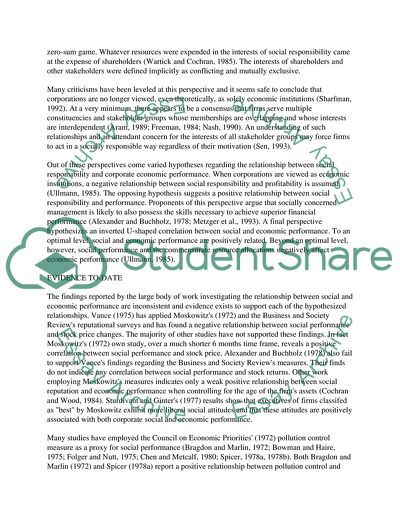Cite this document
(The Dimensions of Social Responsibility for Financial Performance Thesis, n.d.)
The Dimensions of Social Responsibility for Financial Performance Thesis. https://studentshare.org/macro-microeconomics/1792083-sustainable-building-a-competitive-advantage
The Dimensions of Social Responsibility for Financial Performance Thesis. https://studentshare.org/macro-microeconomics/1792083-sustainable-building-a-competitive-advantage
(The Dimensions of Social Responsibility for Financial Performance Thesis)
The Dimensions of Social Responsibility for Financial Performance Thesis. https://studentshare.org/macro-microeconomics/1792083-sustainable-building-a-competitive-advantage.
The Dimensions of Social Responsibility for Financial Performance Thesis. https://studentshare.org/macro-microeconomics/1792083-sustainable-building-a-competitive-advantage.
“The Dimensions of Social Responsibility for Financial Performance Thesis”. https://studentshare.org/macro-microeconomics/1792083-sustainable-building-a-competitive-advantage.


